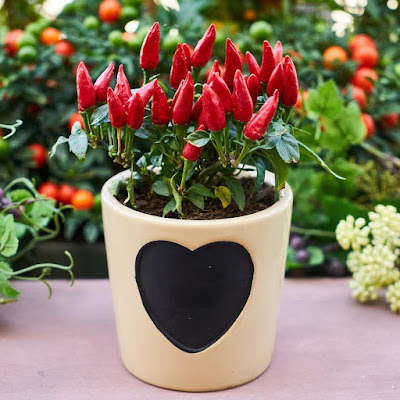VEGETABLE GARDENING IN CONTAINERS

Why vegetable garden in containers?
- Excellent for small/unique areas
- Move as needed (frost, sun/shade, wind...)
- Sprawling plants can be controlled (sweet potato)
- Can be raised off ground to be accessible to all
- Control soil conditions
- Control root knot nematodes
- Easy to provide drip irrigation
- Bag of compost—one time use (cut hole in bag to plant and make drainage holes in bottom)
- Self watering planters
- Cinder blocks/concrete planters (be aware that concrete changes pH of soil to more alkaline)
- Cloth bags such as grocery store cloth bags— limited life
- Inverting a large storage container to raise up the container for easy accessibility
- Not recommended: buckets (disintegrate), clay pots (heavy), wood (disintegrate), tires (code enforcement issue)
Leaf, Fruit, Root, Legume
Container How-to
- Bigger is better: the more soil, the more water and nutrients it holds
- If reusing a container, sterilize with a mix of 10% bleach and 90% water (while you are at it, sterilize your tools too!)
- If lacking drain holes, drill drain holes on the side of the container, 1/2 to 1 inch from the bottom
- Optional: add an inch or so of gravel for additional drainage (this adds WEIGHT so consider this if you plan on moving the container)
- Fill with a well-draining potting soil
- Optional: Implant a “funnel” for deep watering
- Sow seeds and/or transplant plant (peel off peat pots before planting, they never disintegrate)
- Mulch plant keeping it away from stem
- Water thoroughly (and keep seeds moist until they germinate)
- Set pot on top of a tray or stepping stone to prevent it from touching the soil (so root knot nematodes cannot enter the soil in the container)
- Water and fertilize regularly (most veggies benefit from a fertilizer with equal parts of N-P-K i.e. 10-10-10)